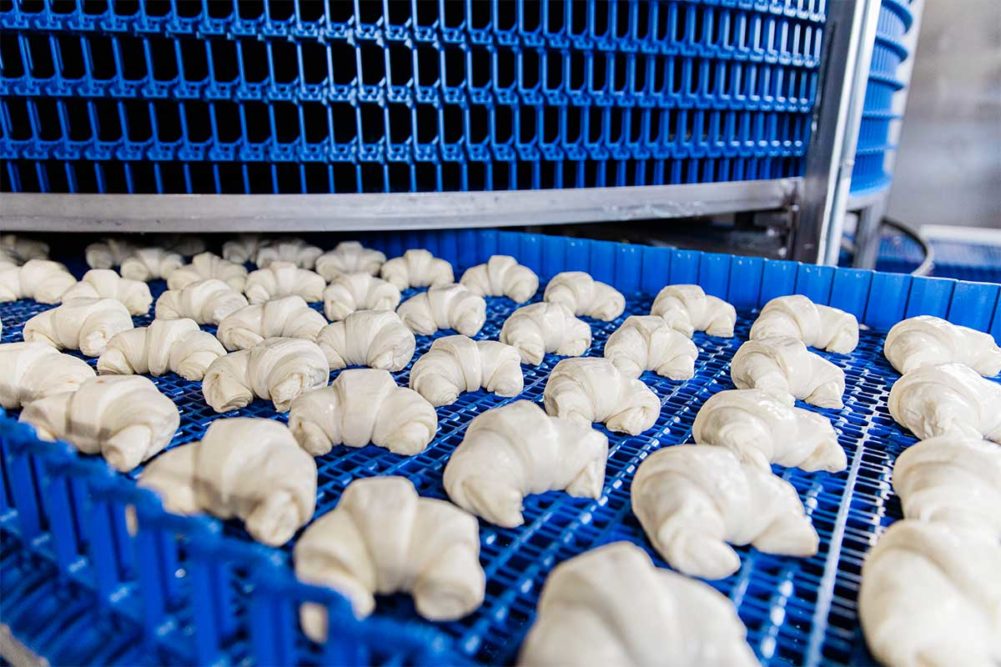Often it’s time that fixes a broken supply chain, but that’s a luxury that no bakery can afford when grappling with belting or conveyors that are breaking down.
“Unfortunately, unless the baker has the spare parts sitting on their own shelves it is very hard to avoid the current supply chains problems,” noted Bob Harrington, vice president of sales and marketing, Capway Automation. “Vendors that supply these important parts are having the same supply chain issues in procuring the raw material to fabricate and stock these parts as well. Bakers should evaluate the potential risk involved of having a production line going down during its operation and make sure they stock long lead items on their shelves to reduce the risk.”
While boosting the inventory of critical spare parts costs more in the short run, it may be the most prudent alternative when supply chain disruptions are so unpredictable.
“Ensure that your equipment is up to current standards with the ability to procure necessary spares and avoid long lead times for parts that may be obsolete,” advised Jeremy Shall, bakery/snack North America team leader, Intralox. “Working closely with your suppliers can be a safeguard that you are using the most updated technologies and help mitigate this risk. Additionally, check with your suppliers to understand what type of emergency expediting services they can provide in the event of an emergency.”
Many bakeries might look at standardizing their operations when scouting out investments at the International Baking Industry Exposition, which will be held Sept. 17-22 in Las Vegas.
“When possible, we will use as many of the same motors, gearboxes, belts and variable-frequency drives as possible,” said Clint Adams, vice president of sales and marketing, CBF Bakery Systems. “This will keep parts inventory to a minimum.”
Even in bakeries with custom-designed belting, using the same belt size could pay off in multiple ways.
“If they could standardize their operations with a 40-inch-wide belt, you can have spare belts sitting on the shelf in seven or eight 50-foot rolls instead of belts in all different sizes,” observed Jonathan Lasecki, director of engineering, Ashworth Bros. “Standardizing the belting also allows them to order 5,000 feet of belt from us instead of just 1,000 feet. They can order longer lengths, which gives them volume discounts and provides us with production efficiencies, plus they can even have a spare belt sitting on the shelf because it was made at an efficient price cost and timewise.”
Jeff Garwood, global product manager, food conveying, Regal Rexnord, recommended developing a partnership with critical spare parts suppliers to make sure they have the metal and resin on hand to create belting in a timely fashion.
“COVID threw a curveball into everyone’s supply chain,” Mr. Garwood said. “Regal Rexnord sees a positive horizon both on the metal and resin side, but it was an interesting few months.”






